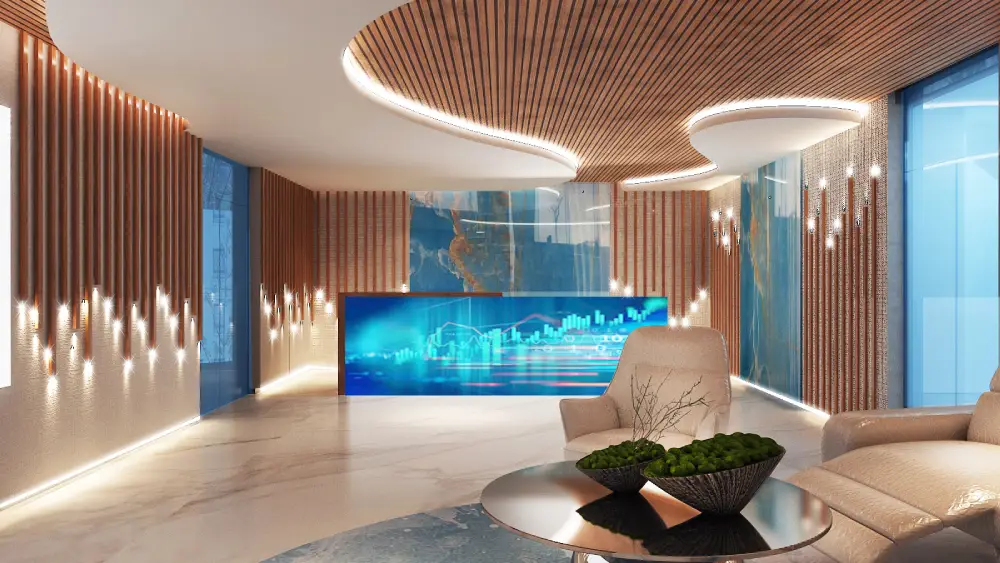
Incorporating sustainable materials into interior fit out projects is essential for reducing environmental impact, promoting health and well-being, and supporting a more eco-conscious approach to design. From renewable resources to recycled materials and low-emission finishes, the use of sustainable materials enhances the aesthetic appeal of interior spaces and also contributes to a healthier planet. By prioritizing sustainability in interior office fit out projects, designers and clients can create beautiful, functional spaces that align with their values and respect the environment.
Renewable resources:
Opting for renewable resources such as bamboo, cork, and reclaimed wood is an excellent way to reduce the environmental footprint of interior fit out projects. Bamboo, for example, is a rapidly renewable resource that grows quickly and regenerates without the need for replanting. It’s an ideal material for flooring, cabinetry, and furniture due to its durability, versatility, and sustainability. Similarly, cork is harvested from the bark of cork oak trees without causing harm to the tree, making it an eco-friendly choice for flooring, wall coverings, and acoustic panels.
Recycled materials:
Utilizing recycled materials is another effective strategy for incorporating sustainability into interior fit out projects. Recycled glass, metal, plastic, and rubber can be repurposed into tiles, countertops, insulation, and decorative elements, reducing waste and conserving natural resources. Recycled content carpet tiles, for instance, are made from reclaimed nylon fibers and backing materials, offering durability, comfort, and eco-friendliness without sacrificing style or performance.
Low- emission finishes:
Selecting low-emission finishes and coatings is essential for improving indoor air quality and minimizing harmful VOC (volatile organic compound) emissions. Look for paints, adhesives, sealants, and coatings that are labeled as low-VOC or zero-VOC to reduce off-gassing and promote healthier indoor environments. Water-based paints, natural oil finishes, and plant-based adhesives are eco-friendly alternatives that provide excellent coverage and durability while minimizing environmental impact.
Sustainable textiles:
Choosing sustainable textiles for upholstery, drapery, and furnishings is key to creating eco-friendly interior spaces. Organic cotton, hemp, linen, and wool are natural fibers that are grown and harvested using environmentally responsible practices, without the use of synthetic pesticides or fertilizers. Additionally, look for textiles certified by third-party organizations such as Global Organic Textile Standard (GOTS) or OEKO-TEX Standard 100, which ensure that products meet stringent environmental and social criteria throughout the production process.







